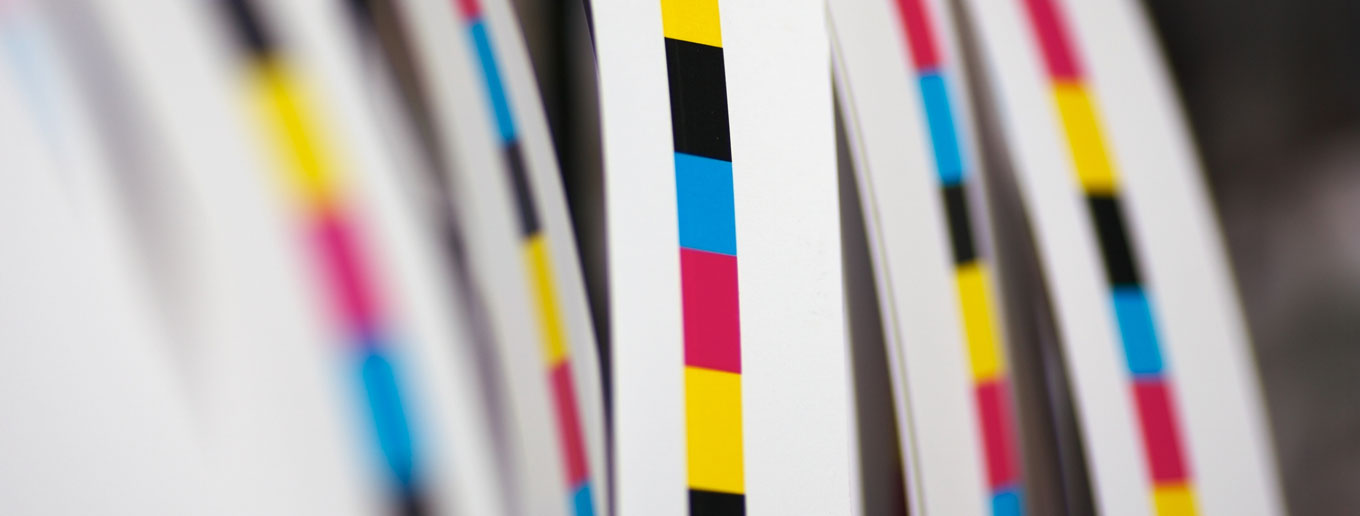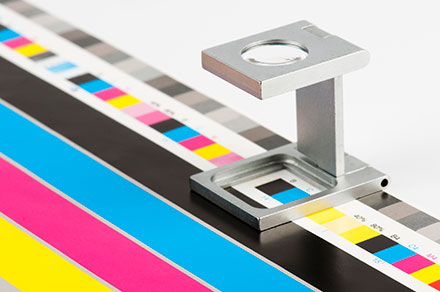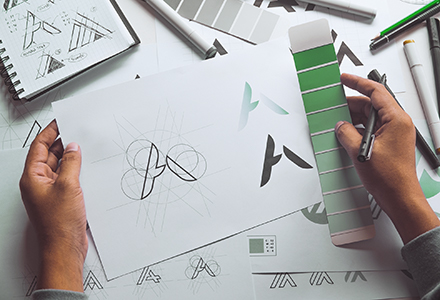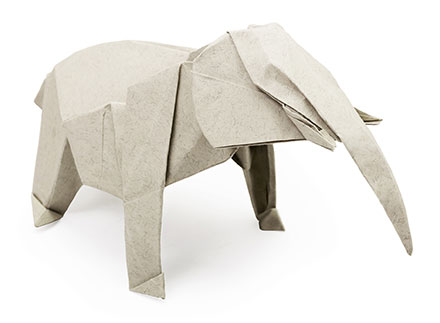Offset vs. Digital Printing
How to know which is best.

Should you print something offset or digital? What’s the difference and why should you care? Here is a summary of how both processes work and the benefits of each to help you make that decision.
Offset Printing
Offset printing or lithography is the technique most used in professional printing. The process involves burning the image you want printed to a plate, transferring that image to a rubber blanket on press, and then offsetting that image with ink onto paper or another substrate. Offset presses can accommodate 4-color process ink, spot color ink, and varnishes and aqueous coatings. For more information about ink types, check out this blog on defining colors.
Pros
- You can match your corporate color exactly by using a spot color ink. You can also use metallic ink.
- Color levels can be adjusted on press so you have more control and you can achieve a better quality product.
- The ink soaks into the paper rather than sitting on top of the paper so it feels more permanent and more professional. Also, there is a lower risk of the ink cracking on folds in heavy coverage areas.
- Offset printing handles large areas of color and gradations much better than digital. You can achieve a smooth block of color without banding or streaking.
- It is less expensive for large quantities. Once you hit around 500 pieces (depending on size and page count) it’s usually better to go with offset.
- You have many more options for how large the piece can be, what paper it is printed on, and how heavy the paper can be.
Digital Printing
Digital printing is like a high-end version of a desktop printer, but you can have a design that binds, folds, includes bleeds, or is an unusual size. The process uses 4-color toner instead of ink but you can include an aqueous coating for added protection. Paper sizes and weights are limited but the options are increasing every day. Because all the printing data is digital each individual piece can be customized with different text.
Pros
- It’s very economical for short runs or prototypes so you can evolve your marketing over time based on results.
- Variable data options allow you to customize direct mail with unique messages per customer.
- It is faster than offset printing. Unless you have a lot of variables or extensive handwork involved in the bindery, you can have your final piece within a week.
Make the right choice in printing by asking yourself what your priorities are. Cost? Quality? Variability? Once you know what you can achieve with each technique, you’ll know which option is right for your project. And, you’ll know how to customize your design to be a good fit for the printing technique you choose.
5 Things to Look for on a Press Proof
Tips to make sure your proofs are perfect.
How many logos do you need?
Determining when a new offering needs a unique logo can be difficult. Here are some tips to make it easier.
Printing Techniques: Modifying the Paper
Modify the paper on printing jobs to add impact.



